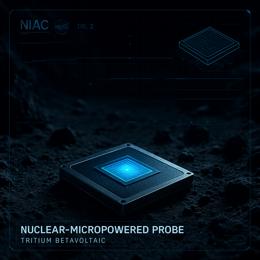Content created by AI
The Invisible Threat: The Power and Perils of IMSI-Catchers in Surveillance
In an age where our digital footprints are as real as our physical ones, the power to gather and analyze personal communications data is a formidable tool – for both governments and criminals. Among the most effective and clandestine of these tools are IMSI-catchers, also commonly referred to as phone signal grabbers. A recent investigation has pulled back the curtain on these devices, revealing a world where privacy is constantly under siege.
IMSI-catchers work by masquerading as cellphone towers and forcing mobile phones within their range to connect with them, granting the operator of the device the power to intercept calls, clone phones, and track locations covertly. The advanced technology, once exclusive to government agencies, has made its way into the hands of individuals with potentially nefarious intentions, raising critical questions about privacy and security.
The news of two individuals, Willie Lotter and Joseph Pooe, in South Africa being apprehended for illegal possession of an IMSI-catcher has put a spotlight on this issue. Reports suggest that the device they possessed could have been used to listen in on and track the movements of members of the Airports Company of South Africa’s bid adjudication committee. This case highlights the enormous implications such surveillance technology can have, particularly when it falls into the wrong hands. When used unlawfully, IMSI-catchers can undermine democracy, stifle a free press, and violate constitutional rights to privacy.
The proliferation of these devices also speaks to a broader trend in surveillance technology becoming more accessible. Research teams, hackers and other non-state actors have found ways to create their own versions of these devices, with some capable of exploiting newer 4G/LTE networks. The devices, straightforward in design, are typically operated from vehicles to maintain proximity to target handsets, disguising their presence amidst legitimate mobile network infrastructure.
Legal use of IMSI-catchers in South Africa is heavily regulated, with required presidential authority for their purchase indicating their sensitive nature. The vast capabilities of these devices necessitate strict oversight, but information regarding the extent of their use by state agencies remains vague, raising alarms among privacy advocates.
As alarming as this reality is, there are measures to mitigate the risk of falling victim to an IMSI-catcher. The digital age has also given rise to counter-surveillance technologies. Mobile applications such as the Android IMSI-Catcher Detector and SnoopSnitch can alert users to potential IMSI-catcher connections and block them, serving as a first line of defense for the privacy-concerned individual.
In bringing these issues to light, it is not just the pursuit of individual cases of illegal possession that is important, but a larger public dialogue about government transparency, the legality of surveillance practices, and public privacy rights. It is essential to question and hold accountable the use of such invasive surveillance technology, understanding that the issue is not whether one has something to hide, but rather preserving the sanctity of the right to privacy for all.










